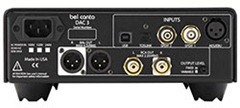![]()
![]()
![]()
![]()
Hifi ubiquity Denon has entered the multiroom streaming scene that Logitech so abruptly left last year. While not the only Sonos alternative around, the Heos is certainly the most affordable and Denon sufficiently household to actually pose a serious competitor of Sonos.
The Heos system consists of a three self-contained speakers not unlike the Play components from Sonos. At the moment there are no reception-only units á la Sonos Connect but given Denon’s serious line-up of hifi-equipment, it would be surprising if they didn’t add a receiver to the system. There is a Heos Amp that can feed a self supplied set of speakers with 2x100w akin to the Sonos Connect:Amp. Everything is controlled by an app for Android or iOS. None for Windows Phone, alas. The Heos system operates on traditional wifi and/or ethernet connections and does not require a bridge, thus also does not ruggedise its streaming by way of a grid such as Sonos.
Supported file formats ranges the usual except high resolution audio and certain levels of DRM. Files can be fetched from network sources or from directly attached media such as USB sticks and optical or analogue inputs and from there shared across the Heos system.
Already announced, according to Recordere.dk, are extra speakers, a subwoofer and a soundbar.
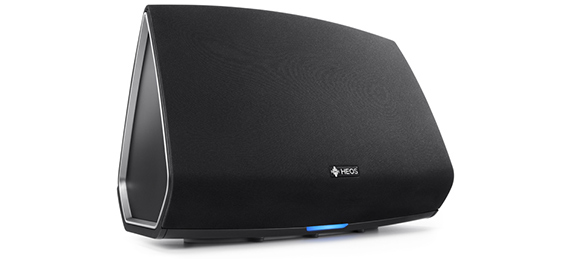
 Canadian newcomers (and to some extent, former
Canadian newcomers (and to some extent, former  Cambridge Audio have been lurking in the streamer business for years but have been hard pressed show any appearance on the shop shelves. Now it looks as if they are finally getting to a shop near me with their recently announced Sonata NP30 Network Music Player. The apparatus is neatly designed yet slightly on the conservative side of the front panel fence.
Cambridge Audio have been lurking in the streamer business for years but have been hard pressed show any appearance on the shop shelves. Now it looks as if they are finally getting to a shop near me with their recently announced Sonata NP30 Network Music Player. The apparatus is neatly designed yet slightly on the conservative side of the front panel fence.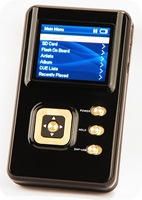 Last year audiophile Fang Bian released a first shot at a true high-fidelity portable audio player (we can’t go around calling it an MP3 player now, can we – let alone a walkman!?) with a slightly bulky exterior boasting some really impressive specs. It even had a detachable amplifier section. Now he has gone and done it again, releasing a somewhat smaller but definitely not less impressively spec’d player. The HM-602 uses a Philips TDA-1543 dual DAC to support 24bit/96KHz
Last year audiophile Fang Bian released a first shot at a true high-fidelity portable audio player (we can’t go around calling it an MP3 player now, can we – let alone a walkman!?) with a slightly bulky exterior boasting some really impressive specs. It even had a detachable amplifier section. Now he has gone and done it again, releasing a somewhat smaller but definitely not less impressively spec’d player. The HM-602 uses a Philips TDA-1543 dual DAC to support 24bit/96KHz 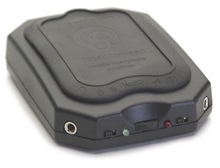 Headroom started in the early nineties making audiophile headphone amps. Today they boast a phenomenal line-up of more than 20 different
Headroom started in the early nineties making audiophile headphone amps. Today they boast a phenomenal line-up of more than 20 different  The Cambridge Audio DacMagic has existed for a couple of years but has now had a sort of re-debut at
The Cambridge Audio DacMagic has existed for a couple of years but has now had a sort of re-debut at  The Firestone Audio line of products is a refreshing attack on the design style of Hi-Fi equipment – not unlike the world of downhill mountain biking [the world is split into four distinct elements: peat, dirt, sight and sound]. Within the scope of this blog, two Firestone Audio products are particularly interesting: The Firestone Audio Fubar II USB DAC and the Firestone Audio Spitfire DAC. The former comes in a choice of bright red or grey and the latter just in grey.
The Firestone Audio line of products is a refreshing attack on the design style of Hi-Fi equipment – not unlike the world of downhill mountain biking [the world is split into four distinct elements: peat, dirt, sight and sound]. Within the scope of this blog, two Firestone Audio products are particularly interesting: The Firestone Audio Fubar II USB DAC and the Firestone Audio Spitfire DAC. The former comes in a choice of bright red or grey and the latter just in grey. The Fubar II is particularly useful as an external sound card for a PC, sporting a direct USB input as well as Toslink and coaxial inputs, all for a 16bit/48KHz conversion. Big brother Spitfire does not have a USB port but does offer a highly relieving bandaid in the form of a maximum resolution of 24bit/96KHz sampling rate. That makes the Spitfire a brilliant part of a chain starting with
The Fubar II is particularly useful as an external sound card for a PC, sporting a direct USB input as well as Toslink and coaxial inputs, all for a 16bit/48KHz conversion. Big brother Spitfire does not have a USB port but does offer a highly relieving bandaid in the form of a maximum resolution of 24bit/96KHz sampling rate. That makes the Spitfire a brilliant part of a chain starting with 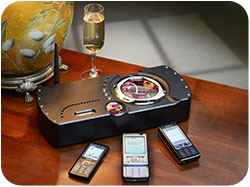 I mentioned the
I mentioned the 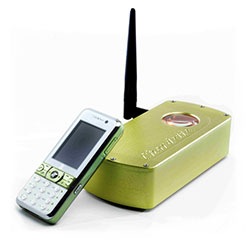 British audiophile magazine
British audiophile magazine 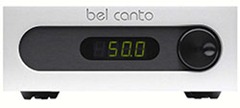 One of my favourite Shakespeare one liners [the better part of a verse, more like] is Juliet’s immortal outburst at Romeo; that had he been the nephew of
One of my favourite Shakespeare one liners [the better part of a verse, more like] is Juliet’s immortal outburst at Romeo; that had he been the nephew of 